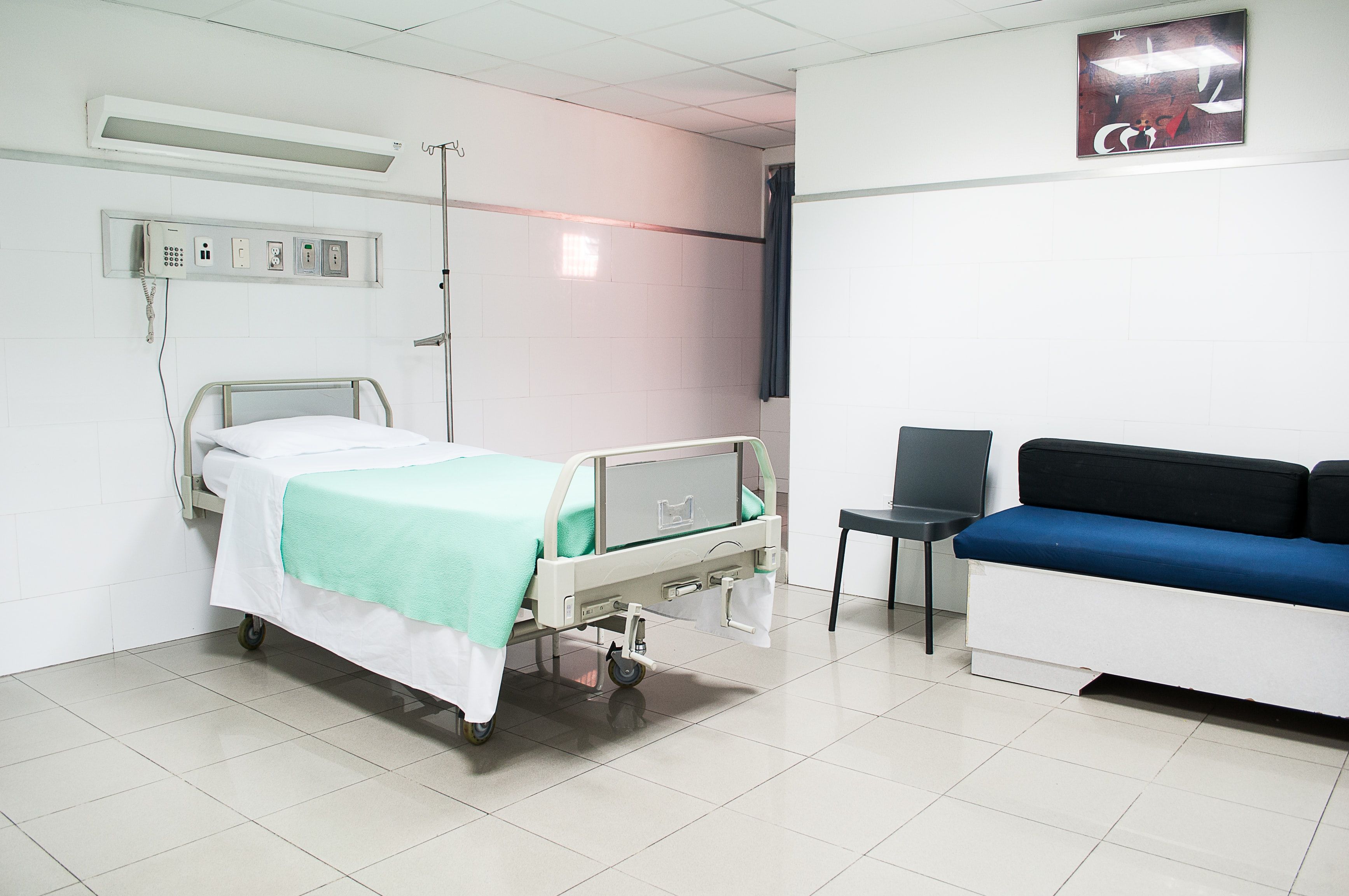Hospitals That Use More Antibiotics May Have More C Difficile Infections
Higher use of 7 major antibiotics in hospitals is corelated with higher rates of Clostridioides difficile infection.

Clostridioides difficile (C. diff) incidence has recently decreased, but it is still classified as an urgent health threat by the Centers got Disease Control and Prevention (CDC).
These decreases are especially significant in cases of hospital-onset C. diff infection (HO-CDI). HO-CDI has dropped despite national rates of antibiotic use have remained consistent. A study published in Infection Control and Hospital Epidemiology endeavored to use recent data to see if there was any link between hospital-level antibiotic use and HO-CDI rates.
Investigators surveyed adult hospital discharge and inpatient charge records of antibiotic use, CDI tests, and treatment from acute-care hospitals (ACHs). The data was collected from the Premier Healthcare Database and was from January 1, 2012-December 31, 2018. According to the study, “A case of HO-CDI was defined as a hospital discharge with an International Classification of Diseases (ICD) code specifying enterocolitis due to Clostridioides difficile (ICD-9 008.45 or ICD-10 A04.7, A04.71, or A04.72) in any secondary diagnostic position and inpatient treatment with metronidazole (parenteral or oral), fidaxomicin, or vancomycin (oral) initiated on hospital day 3 or later after admission.”
The investigators calculated monthly rates of HO-CDI per 10000 patient days (PD), and measured hospital antibiotic usage by days of therapy (DOT) per 1000 PD. This data was examined by monthly rates of antibiotic use according to 7 antibiotic classes: fluoroquinolones, third-generation and fourth-generation cephalosporins (cephalosporins), piperacillin-tazobactam, carbapenems, β-lactam/β-lactamase inhibitor combination (excluding piperacillin-tazobactam), clindamycin, and penicillin.
The cross-sectional relationships between rates of HO-CDI and antibiotic use were examined through multivariable generalized estimating equation models (GEE). All GEE models were adjusted for various factors. Investigators assessed temporal trends in HO-CDI rates using GEE models adjusted for seasonality.
Results included 921 hospitals, among which the average HO-CDI rate was 6.7 per 10000 patient days. In the cross-sectional multivariable analysis, antibiotic use was significantly associated with facility-level rates of HO-CDI. Investigators found a consistent trend of a 2.8% increase in HO-CDI rate for every 50 DOT per 1000 PD increase in antibiotic usage.
The analysis found statistically significant positive associations between total, third-generation, and fourth-generation cephalosporin, fluoroquinolone, carbapenem, and piperacillin-tazobactam use and HO-CDI rates. Specifically, decreases in the use of these antibiotics correlated with decreases in HO-CDI. The greatest HO-CDI rate decreases occurred in a subset of ACHs that decreased total antibiotic usage by 30%, results that aligned with previous studies
